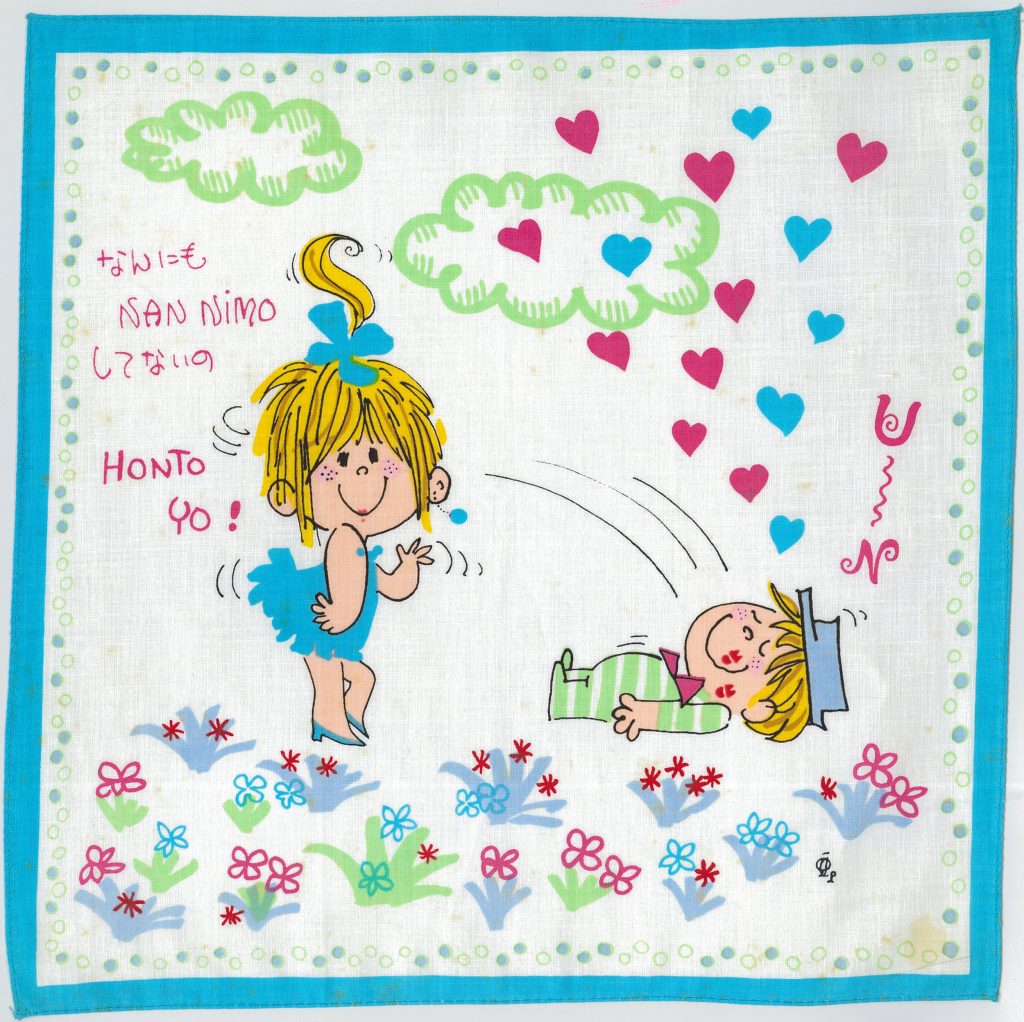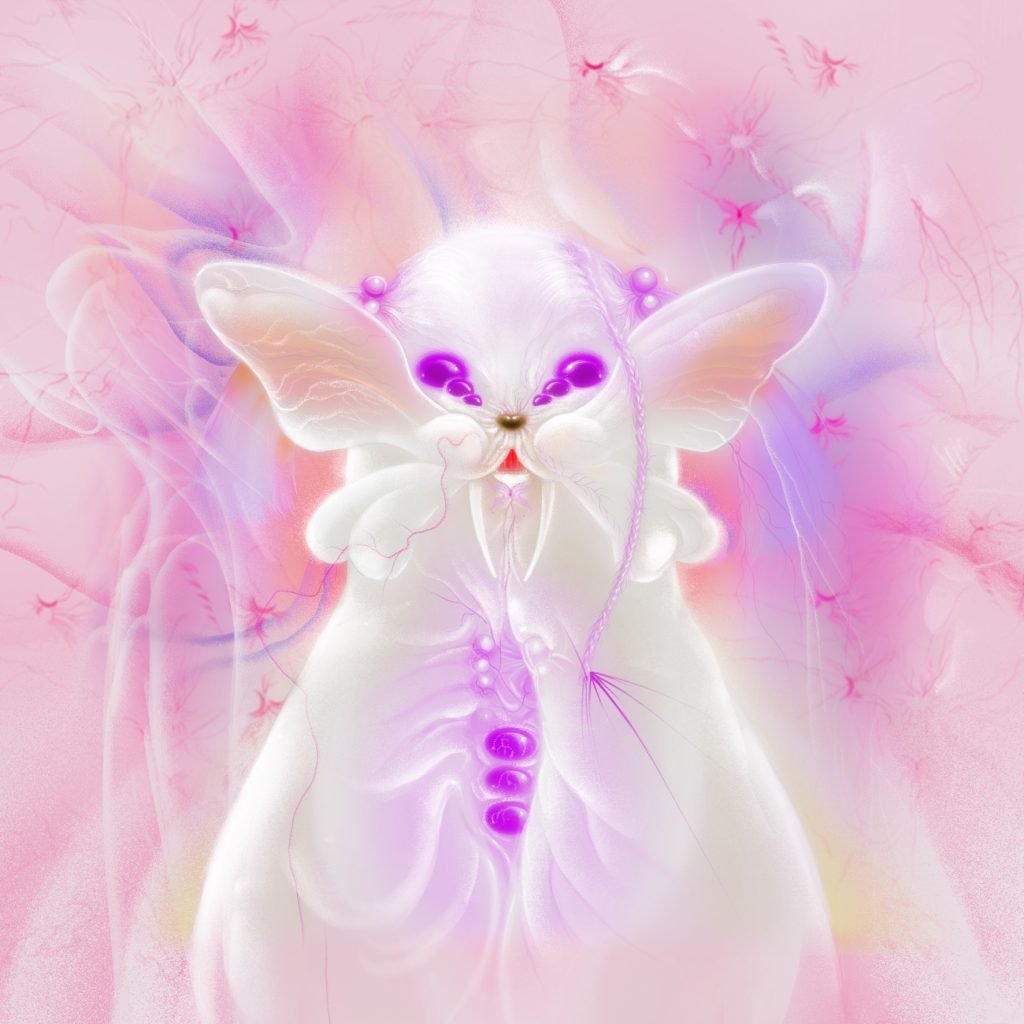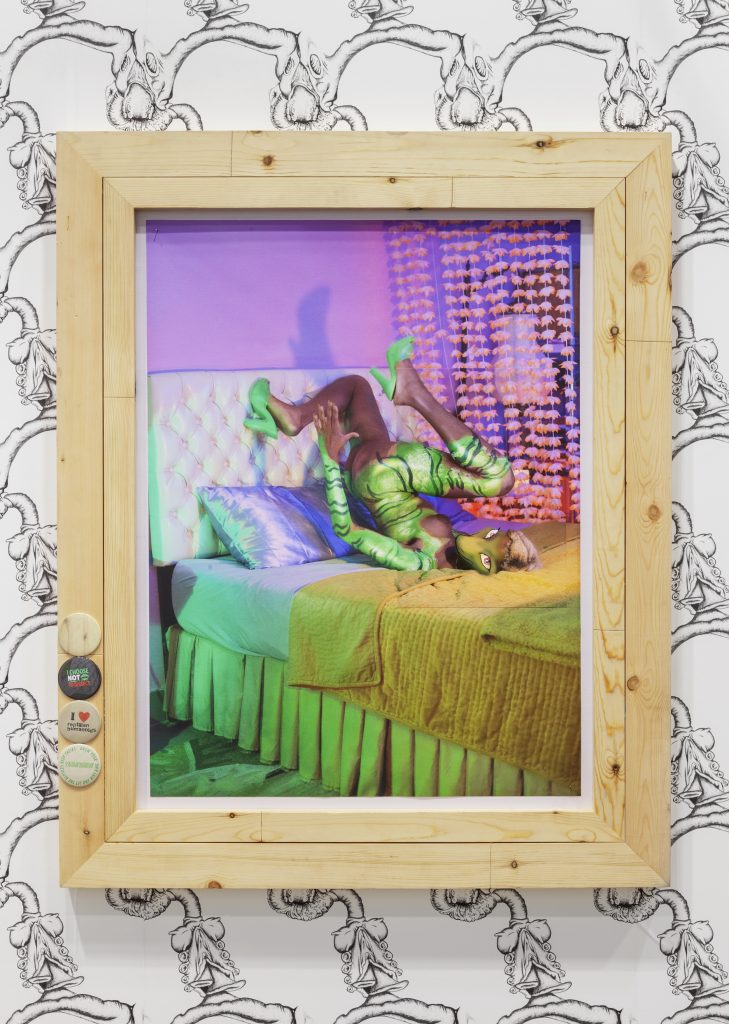Art & Exhibitions
Too Cute! An Upcoming Show in London Will Unpack the Power of Cuteness With Works by Juliana Huxtable, Wong Ping, and More
"Cute" at Somerset House will also include a section on Hello Kitty.

"Cute" at Somerset House will also include a section on Hello Kitty.

Richard Whiddington

On the 25th anniversary of the internet, its inventor, Tim Berners-Lee, told Reddit users that what most surprised him about the world wide web was the popularity of kittens. The internet was built for information exchange, a cold thing of ones and zeros. No one foresaw that one of its primary functions would be for sharing frolicking cat videos or those of ditzy dogs. And despite the discord and vitriol of today’s internet, it remains a place where cuteness is a currency, a common language.
But where does cuteness come from and what does its popularity say about contemporary society? A new exhibition at London’s Somerset House will ask precisely these questions, taking visitors on an art-filled tour of the word, its roots, evolutions, and dark underpinnings.
“Cute,” which opens January 25, 2024, features modern and contemporary works of art replete with all things pink and pretty—and, yes, plenty of cats. The exhibition will open with a section on cats that runs a line from Victorian-era depictions to early photo reproductions of felines, all the way to modern moggie depictions by the likes of artist Karen Kilimnik.
For Clare Cutteral, the exhibition’s curator, the theme is personal. She grew up in Southeast Asia and was drawn to dressing and listening to all things cute. Like the rest of us, she was enjoying its gradual spill over into culture through filters, memes, and emojis, watching as cute became an accepted mainstream aesthetic. Cutteral’s sense that cute had become something broader began after hearing an interview with English musician Hannah Diamond.
“Cute can be ambiguous and indeterminate, uncanny and unsettling, liberating and empowering,” Cutteral said in emailed comments. “Cute has a little bit of the Trojan Horse about it – it thrives within the neoliberal capitalist structures that spawned it, while at the same time undermining its very foundations with its ability to not only challenge the norm but to transform it.”
Accordingly, the exhibition also tackles the ugly or subversive side of cute through the irreverent films of Wong Ping, a perverse doll by Nayland Blake, and the twisted fairytale scenes of Rachel Maclean.
Additional contributing artists include Japanese painter Aya Takano, American assemblage artist Mike Kelley, German sculptor Cosima von Bonin, and British installation and performance artist Andy Holden, among others.
In English, “cute” first appeared as an 18th-century abbreviation of the word acute, meaning intelligence or shrewdness. Its modern usage, denoting smallness, charm, and often femininity, owes much to Japan and its kawaii culture. The exhibition explores the development of kawaii aesthetics in the first half of the 20th century by pulling figurines, handkerchiefs, and illustrated handbooks from the archives of Tokyo’s Yayoi Museum.

Ado Mizumori, I didnt do anything! (ca. 1965–75). Image: Courtesy of the Yayoi Museum.
In the 1960s, female artists redefined kawaii culture, challenging the aesthetics of their male predecessors. What followed was a period of cross-pollination as kawaii took on European and American cultural influences. The character of Kitty White—better known as Hello Kitty—exemplifies this shift: the iconic cat cartoon is a perpetual third-grader from the London suburbs bearing all of the visual ticks and accessories of kawaii culture.
Next year marks Hello Kitty’s 50th anniversary and, in partnership with Sanrio, the Japanese entertainment corporation behind the phenomenon, “Cute” will mark the occasion with a space dedicated to all things Kitty White courtesy of a super fan with more than 50,000 items of merchandise.
Designed by AOC Architecture and stage designer Chloe Lamford, “Cute” will be organized between five thematic sections: Cry Baby, Play Together, Monstrous Other, Sugar-Coated Pill, and Hypersonic. For each cluster, Somerset House has commissioned Bart Seng Wen Long to explore the theme through a composite video that splices together social media clips, video game material, and music videos. The exhibition will also feature a games arcade and disco dance floor.
“I would really love it if visitors came away with an understanding of cute’s potential to help us navigate towards a kinder, more nuanced, mutable world,” Cutteral said. “It may even point towards a new way of being.”
Preview more images from “Cute” below.

Hannah Diamond, Affirmations (2023). Photo: Courtesy of the artist.

Ram Han, Save our souls (2022). Photo: Courtesy of Ram Han.

Wong Ping, Still from An Emo Nose (2015). Photo: Courtesy of the Artist and Kiang Malingue.

Cosima von Bonin, Killer Whale with Long Eyelashes I (Rhino Version) (2018). Photo: Courtesy of the artist and Petzel Gallery, New York.

Juliana Huxtable, Untitled (2019). Photo: Courtesy of the artist.

Setsuko Tamura, Fancy Note notebook (ca. 1960-70s). © Setsuko Tamura. Photo: Courtesy of the Yayoi Museum.
“Cute” will be on view at Somerset House, Strand, London, January 25 through April 14, 2024.
More Trending Stories:
Four ‘Excellently Preserved’ Ancient Roman Swords Have Been Found in the Judean Desert